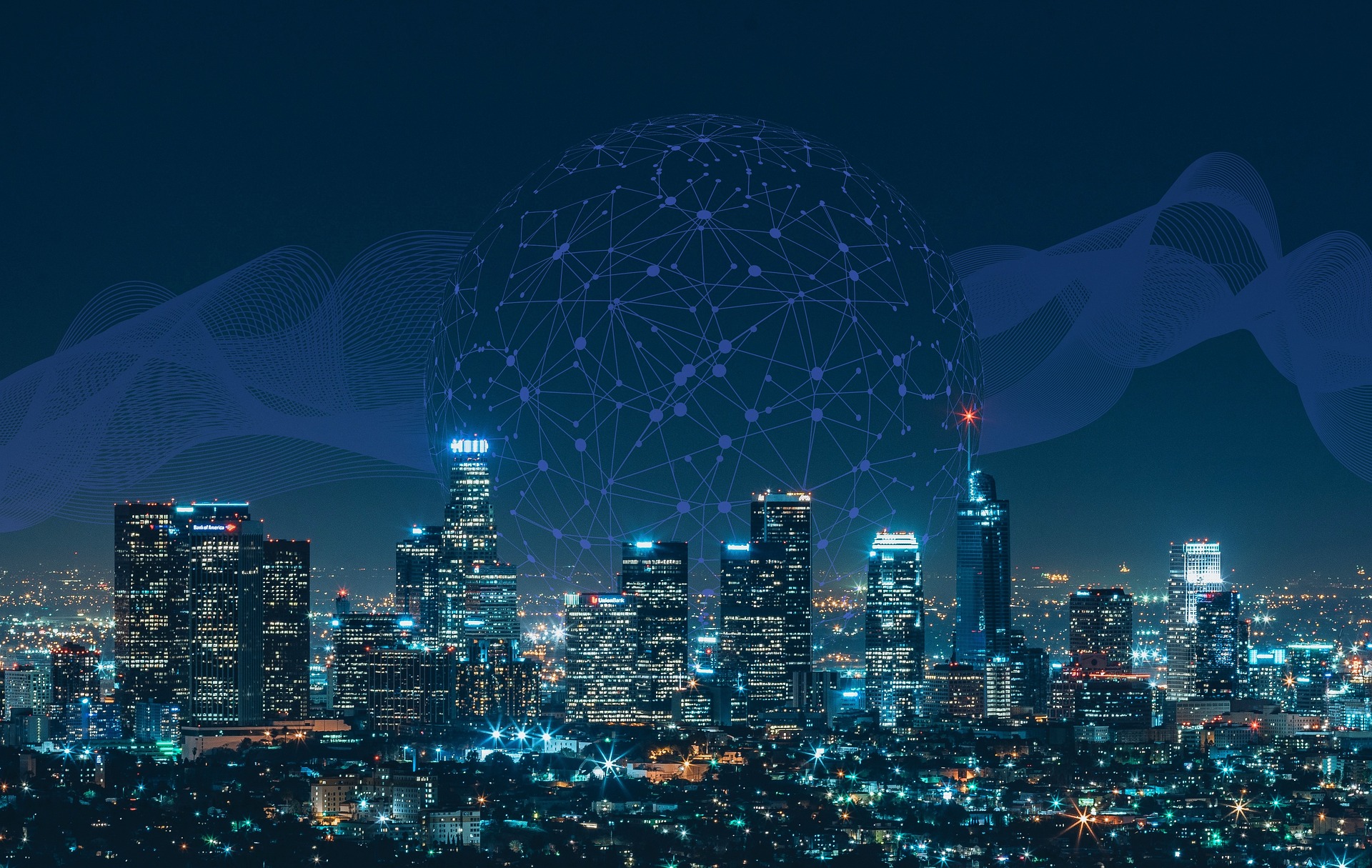Understanding the Dynamic Connection Between Telecommunications and Smart Cities
The nascent concept of smart cities harbors immense potential for transforming modern ways of life. By integrating various technological elements into city infrastructure, smart cities aim to enhance the quality of life for their residents and improve sustainability. A vital constituent toward the realization of these endeavors is the telecommunications sector, due to its role in ensuring robust internet connectivity and promoting advanced digital interaction.
From Imagination To Reality: The Emergence Of Smart Cities
The concept of smart cities, once limited to science fiction, has now become a potential reality, thanks to the remarkable advancements in internet and telecommunications technology. The digital revolution of the past decades has seen technologies previously deemed futuristic – such as AI, machine learning, and big data analytics – becoming integral parts of our lives. This digital transformation, coupled with the advent of advanced connectivity options, provided cities worldwide the necessary tools to become ‘smarter’.
The Role Of Telecom In The Rise Of Smart Cities
Telecommunications serves as the backbone of smart cities, facilitating interoperability between different digital elements. It ensures seamless communication between the numerous systems and devices that form the network infrastructure of a smart city, such as intelligent traffic management systems, smart grids, and automated tourism services. This generation of vast volumes of data integrated into centralized city databases has only been made possible through advancements in telecommunication.
Unraveling The Impact: How Telecom Services Affect Smart City Implementations
The impact of telecommunication services on smart cities can be seen in various sectors. For instance, take the collective goal of improving overall living standards. By integrating various systems into a single network, telecom services help maintain a superior level of security, energy usage, and waste management. Additionally, telecom services enhance communication between different city administrations, fostering cooperation and streamlining the urban development process.
However, these developments are not without challenges. There are mounting questions surrounding data privacy and cyber-security related to smart city initiatives and operational technicalities such as the implementation and upkeep of robust network infrastructures.
Decoding The Practicality: Telecom Technologies And Their Use Cases In Building Smart Cities
In the quest to build smarter cities, several technologically advanced telecommunication solutions have come to the forefront. Digital twin technology, for instance, enables city administrators to create precise digital replicas of entire cities. Using these models, they can predict and analyze how different measures will impact the city, allowing for more informed decision-making.
Another promising technology is Machine-to-Machine (M2M) communication that allows different systems and devices within a city to communicate with one another, enhancing service efficiency and reducing human intervention.
However, the key to unlocking the true potential of smart cities lies in successfully integrating these disparate technologies into a single, comprehensive citywide network.
Forward March Towards Future: Shaping The New Telecommunications Landscape For Smart Cities
The dynamic connection between telecommunications and smart cities is shaping up an exciting future. As the demand for greater digital integration within cities grows, telecom companies are developing more advanced and specialized services. Their collaborations with technology vendors and city administrations will define the future roadmap for smart city implementation.
In conclusion, telecommunications plays a critical role in making our cities smarter. While the road to fully integrated smart cities has its share of challenges, it’s also brimming with opportunities. As we stride further into the digital age, harnessing the power of telecommunication will be pivotal in transforming our urban landscapes for the better.





